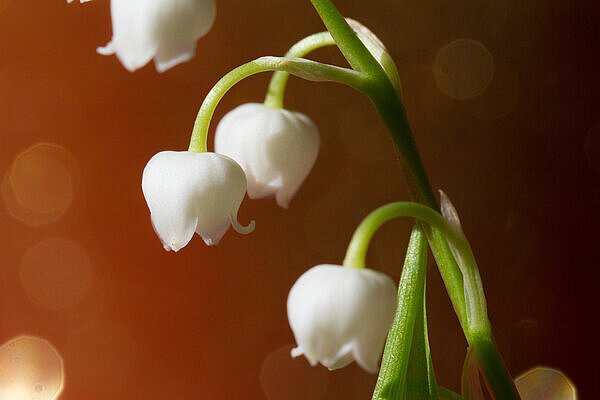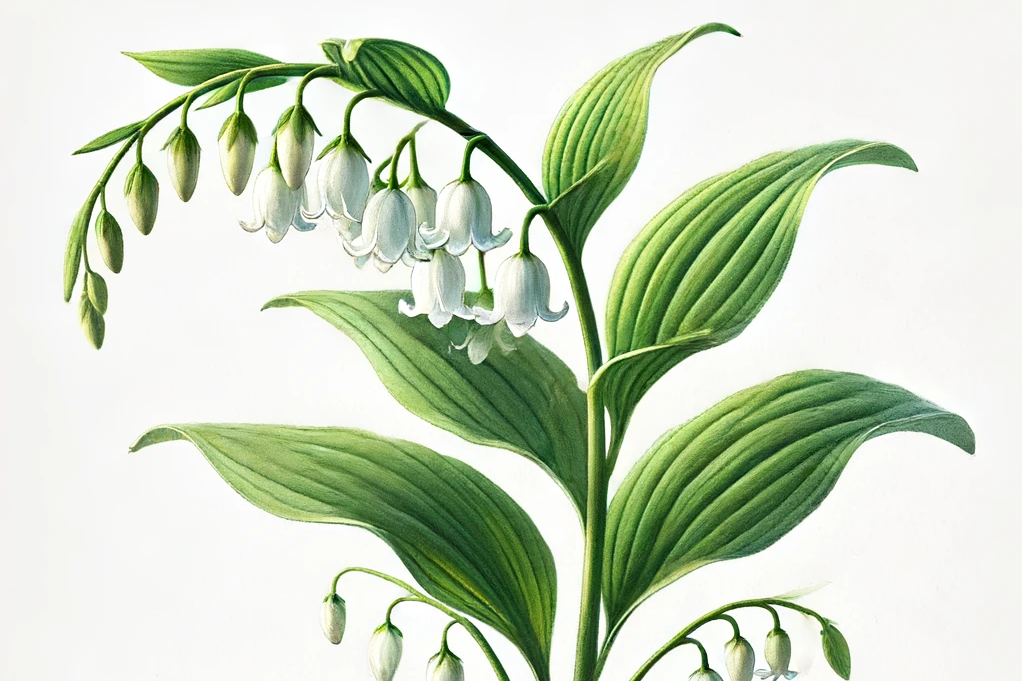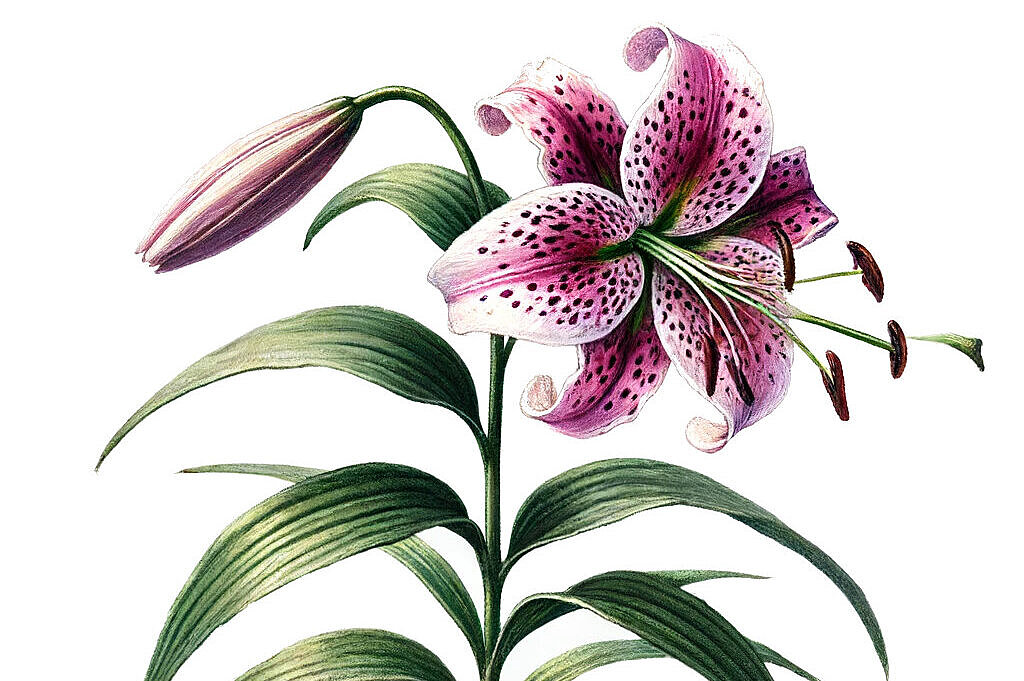Shade flowers

Welcome to our detailed guide to shade flowers (Maianthemum) and their importance in the context of dog ownership. As a responsible dog owner, you want to make sure that your beloved four-legged friend only comes into contact with safe plants. This article provides you with comprehensive information about shade flowers, explains whether these plants are poisonous to dogs and gives useful tips on how to protect your dog.
What are shade flowers (Maianthemum)?
Shade flowers, scientifically known as Maianthemum, are a genus of flowering plants belonging to the asparagus family (Asparagaceae). They are also known as "false lily of the valley" and are mainly found in the temperate regions of the northern hemisphere. These plants prefer shady locations and are often found in forests and damp areas.
Description of the plant
Shade flowers are characterized by their delicate, white to cream-coloured flowers, which are arranged in racemose inflorescences. The leaves are usually heart-shaped or egg-shaped and glossy green. The plant flowers in spring to early summer and later produces small, red or orange berries.
Toxicity of shade flowers for dogs
A key aspect that interests many dog owners is the question of the toxicity of shade flowers. It is important to know which plants could be potentially dangerous for dogs in order to avoid health risks.
Are shade flowers poisonous?
According to current knowledge, shade flowers are classified as moderately toxic to dogs. All parts of the plant, especially the berries, contain chemical compounds that can cause health problems in dogs if ingested in large quantities.
Symptoms of poisoning
If your dog has eaten any part of the shadow flower, the following symptoms may occur:
- Vomiting
- diarrhea
- abdominal pain
- Loss of appetite
- Weakness and lethargy
In severe cases, cardiac arrhythmia and convulsions may also occur. If your dog shows symptoms of poisoning, it is advisable to consult a vet immediately.
Protective measures for your dog
It's important to protect your dog from the potential dangers of shade flowers. Here are some practical tips to minimize the risk of poisoning:
1. plant identification
Learn to identify shade flowers in nature and in the garden to ensure that your dog does not have access to these plants. Look for the characteristic flowers and leaves.
2. safe garden
If you have a garden, regularly check which plants are growing there. Remove shade flowers or other potentially poisonous plants to ensure a safe environment for your dog.
3. supervision on walks
Watch your dog carefully when you are out in nature with him. Dogs are curious and may try to nibble on plants. A watchful eye can avert many dangers.
4. offer alternatives
Offer your dog safe chews and toys to satisfy their curiosity and reduce their interest in potentially poisonous plants.
Shade flowers (Maianthemum) are beautiful plants, but they can pose some danger to dogs. It is crucial to be aware of the potential toxicity and take appropriate precautions to protect your dog's health. With this knowledge, you can keep your garden and walks safe so that your four-legged friend can enjoy the outdoors without worry.
Properties 9
Are you looking for other ingredients with a specific property?
Just click on them to find more.
If you notice any signs of hypersensitivity or poisoning in your dog, you should see your vet immediately. We are not a substitute for a vet, but we try to be as accurate as possible. Every dog reacts differently and we recommend you get a second opinion or consult your vet if in doubt.
Stay healthy and take good care of your four-legged friend!😊
Similar to Shade flowers
Lily of the valley (Convallaria majalis) belongs to the asparagus family and is a perennial plant that grows in gardens and forests. It grows up to 30 cm high and has large, green leaves that emerge...
Solomon's seal belongs to the asparagus family (Asparagaceae) and is native to Europe, Asia and North America. The plant is perennial and is characterized by its long, curved stems on which white,...
Woodruff is a herbaceous plant that belongs to the Rubiaceae family. It prefers to grow in shady woodland areas and blooms in late spring with small white flowers. The plant is particularly well...
The Turk's cap, scientifically known as Lilium martagon, belongs to the lily family (Liliaceae). It is native to Europe and Asia and is characterized by its distinctive, turban-shaped flowers, which...



